Warsaw’s charms aren’t immediately apparent, but that’s not really Warsaw’s fault.
The Nazis destroyed 85% of the city in WWII in revenge for the failed Warsaw Uprising of 1944. Soviet forces, camped out on the nearby east bank of the Vistula River, watched the fireworks and then marched in and took (communist) control of a critically weakened Poland for the next 44+ years. Frying pan, meet fire.
Soviet architectural contributions weren’t any better than the marauding Nazis’ deletions – the communists brought depressing concrete block buildings and what remains the tallest building in Poland to date (237 m / 778 ft including antenna), the garish, out-of-place Warsaw Palace of Culture and Science, “graciously” erected in communist-captive Warsaw by Stalin in 1955 as a “gift”. Poles still view the unwanted present as a vibrant symbol of the bad old times, and pet-named the structure “Stalin’s Penis”.
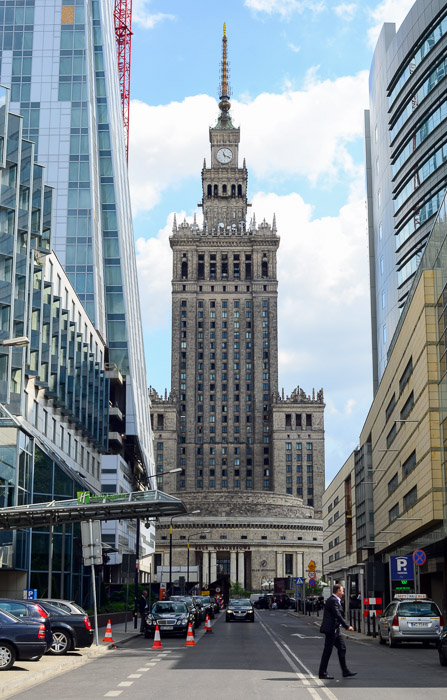
We arrived in Warsaw on a grey, rainy Tuesday after a less-than-restful overnight bus ride from Vilnius, Lithuania. Our coach puked us out onto the rainy sidewalk near Warszawa Centralna station with our heavy backpacks. We checked our guidebook’s map and headed towards our lodgings for the night.
After a relatively short but cold and wet morning slog through the rainy city, we arrived at our lodgings – Oki Doki Hostel, where we had pre-booked a private room for around $45 US per night. The staff generously offered us early check-in, and we snuck a long nap to catch up on sleep and avoid the nasty morning precipitation. The room was small but pleasant, with a shared bathroom between our room and three other privates. The real bonus was our private balcony that overlooked the adjacent park.
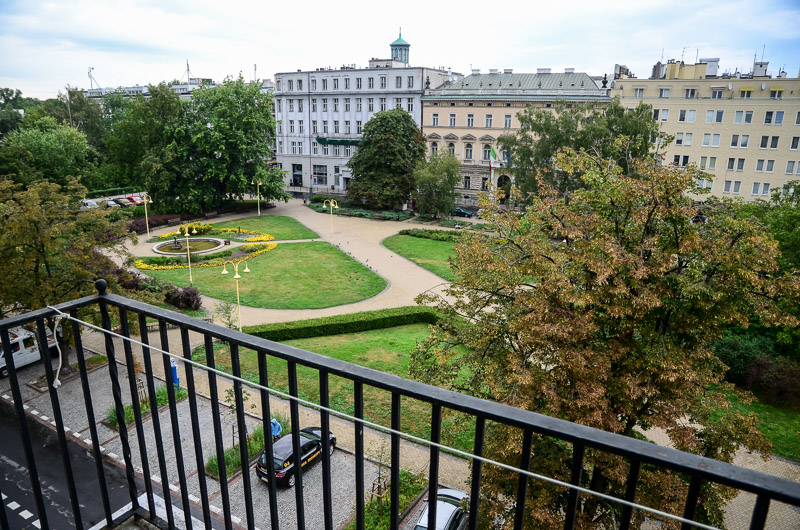
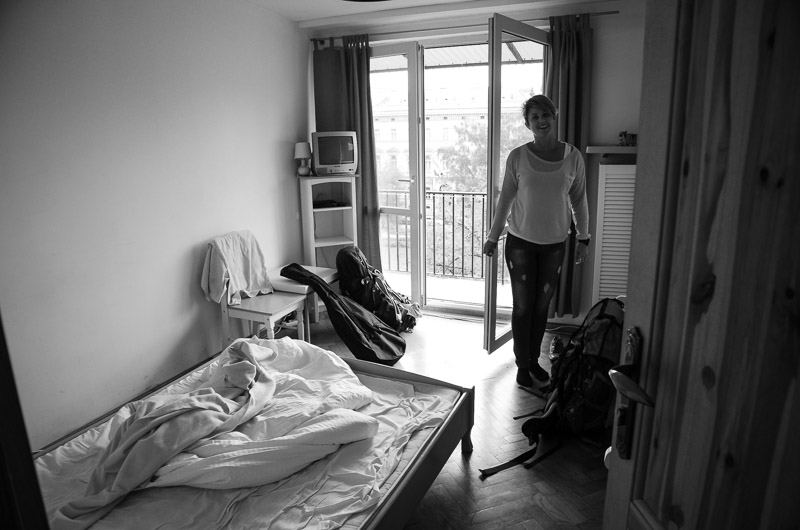
Oki Doki Hostel is one of those places where the needs of guests have been thought through and things work correctly. The bathroom-to-guest ratio is good. Rooms and bathrooms are clean. The wifi works. Good information on the city and transit connections is available via the pleasant, friendly staff. I would have no reservations about staying here again and would highly recommend it to anyone traveling to Warsaw. They offer dorm rooms and privates – both are totally workable.
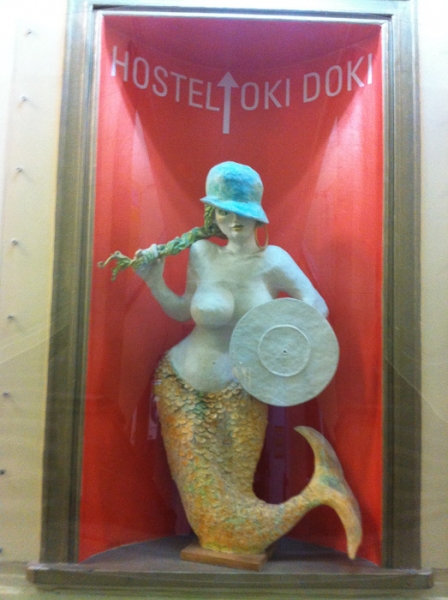
The Coat of Arms of Warsaw consists of a syrenka (“little mermaid”) in a red field. Some mermaids may appear to have undergone more cosmetic surgery than others.
The weather cleared that afternoon, so we headed out for a bit of exploring. Our first stop was Warsaw’s old town – Stare Miasto in Polish.
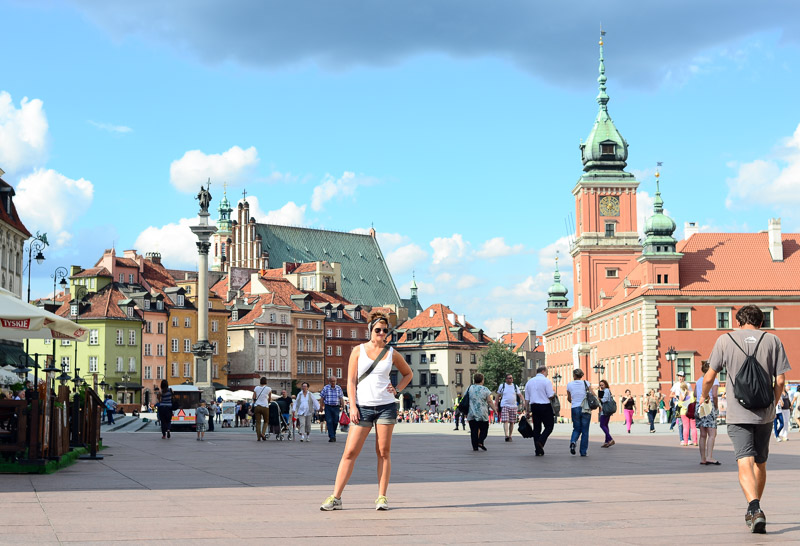
Warsaw’s Old Town Plac Zamkowy (Castle Square).
Well, “old” may be a bit of a misnomer – the historic center of town, with origins in the 13th century, was razed to the ground by the Nazis, so what you see is a complete reconstruction. But what a reconstruction it is! From paintings and photographs, historians and architects worked to restore the historic district and did so with incredible fidelity. Reconstruction was completed in the 1980s and earned UNESCO World Heritage status for Warsaw’s historic center.
“The historic centre of Warsaw is an exceptional example of the comprehensive reconstruction of a city that had been deliberately and totally destroyed. The foundation of the material reconstruction was the inner strength and determination of the nation, which brought about the reconstruction of the heritage on a unique scale in the history of the world.” – UNESCO
Old Town is a nice place to go if you just want to people watch, or grab a meal, snack or drink at an area café. Yes, it can be a bit touristy, but if the weather’s nice and you want to be outside, there’s absolutely nothing objectionable about heading here. We lazed the afternoon away, wandering between food here, drink here. Why not, right? Sometimes travel can be vacation too.
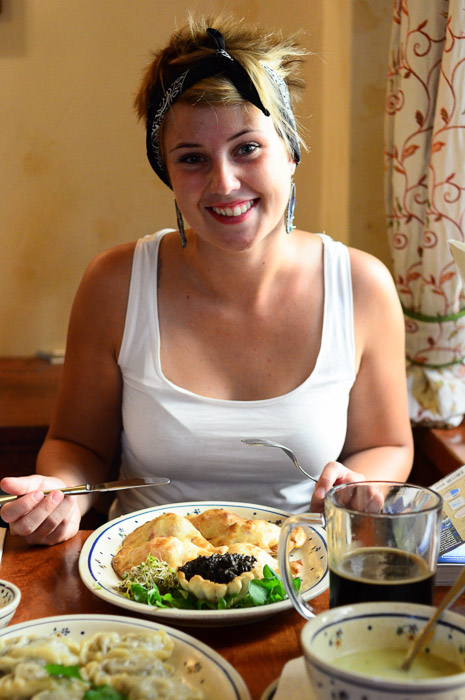
pierogies and dark beers for lunch.
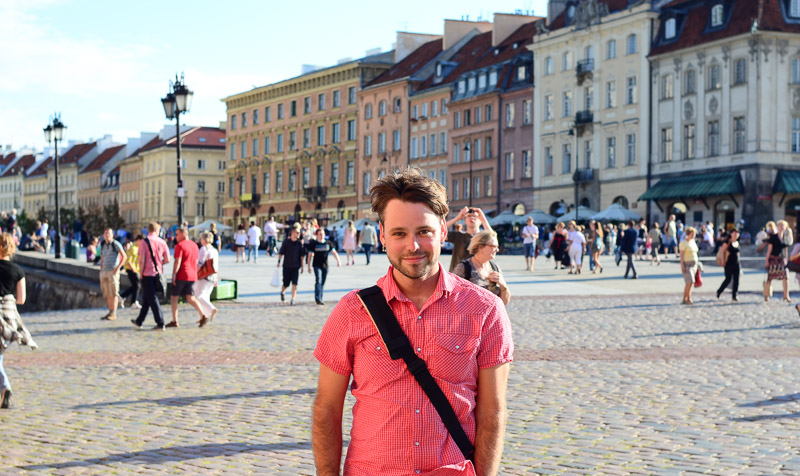
Enjoying the sunshine.
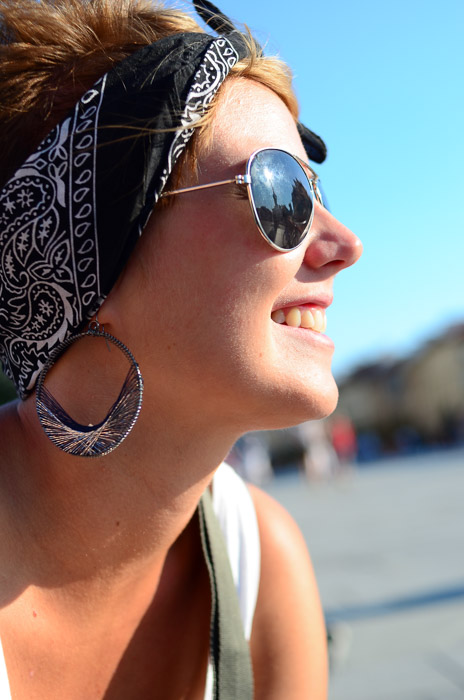
The next day (August 8th) we got a bit more serious about our touristing.
My Lonely Planet guidebook wouldn’t shut up about how great the Warsaw Rising Museum is (14 złoty / about $4.50 US admission for adults), so we headed that direction on day two to educate ourselves on what was the largest partisan uprising of World War 2, and a defining moment in modern Poland.
The museum is a long, long walk from the city center – find public transportation there if you can, should you want to pay a visit.
Then again – maybe don’t visit at all. I’ll say this: the Warsaw Uprising Museum is a bit of a disorganized place, and we found it very difficult to follow the informational thread that’s attempted to be woven at the museum. The truly amazing, and very interesting story of the Warsaw Uprising gets a bit lost here, believe it or not.
My complaints about the museum are largely about the poor layout of the museum itself, the poor layout of the information inside, the idea that I do not believe it was not really designed for the kind of crowds that it receives on busy days, and the fact that the place gets incredibly noisy.
When you first enter the museum, it’s not completely clear to where you should proceed. At first, you follow sequentially numbered signs to text-based exhibits or audio-visual materials – but half of these numbered signs are hung in illogical places or are quite dimly lit, and while some of these exhibits give you critical information, others veer off into far-flung tangential information or character information that is never revisited again. Accordingly, chasing down the important information felt very challenging, and it really tried our patience.
Additionally: the entry hall was definitely not designed for the size of crowds that were in the museum that day. It was difficult to access exhibits due to the poor flow of people in the hall, which only frustrated us more when we would wait to review an exhibit and find that it was entirely non-critical to our understanding of this historical event.
Further: there are so many audio-visual exhibits playing at once in the museum that it becomes a bit of a din inside. Adding to the noise, young children were running around and making their own noise on a level equivalent to the noise floor of the museum. The sound levels were really distracting, and I found I couldn’t really think straight while I was there.
I can’t necessarily blame the kids for their noise – if I couldn’t focus in there, then how could I expect them to? Plus, the museum is designed like some sort of maze and/or paintball course – so I would be running around screaming too if I were their age.
All of this is a bit of a shame to me. There’s really a lot of great source information about the Warsaw Uprising in this museum, but it’s just not really organized correctly for anyone to be able to take in and enjoy in a meaningful way. Too bad.
Below, I’ve boiled down some of the critical information about the Warsaw Uprising of 1944 (correct me if I’m wrong, please – I’m not a historian). Read this and decide if you want to brave the place or not. I wouldn’t, honestly.
WARSAW UPRISING DATES: August 1, 1944 to October 2, 1944.
IMPORTANT BECAUSE: It was the largest partisan uprising of World War 2. Also a historical event of the highest order of importance to Poles.
POLISH HOME ARMY GOALS: Drive the Nazi occupation from Warsaw and re-establish domestic control of the city before the Soviets arrived in Warsaw (at which time, the Polish Home Army would expect assistance from the Red Army to expel German forces).
TROOP NUMBERS: Polish Home Army and adjunct resistance group numbers: 20,000-49,000 poorly equipped soldiers. Well-equipped German adversaries: 11,000 troops.
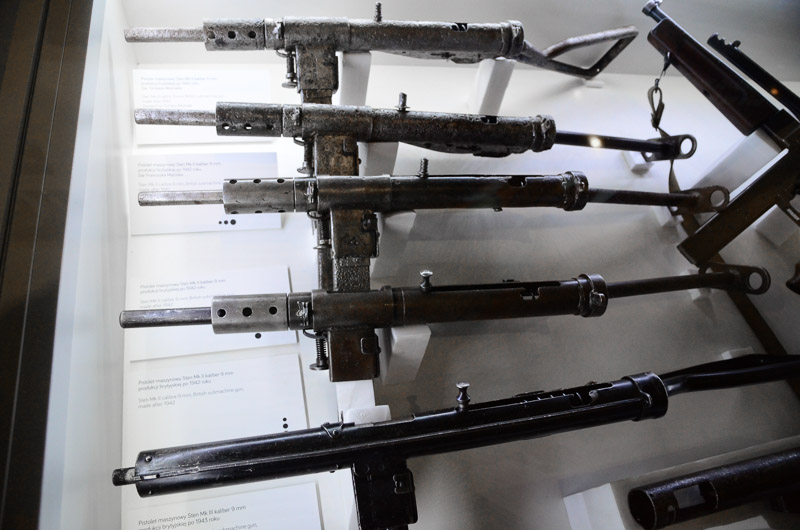
Polish resistance firearms. Likely homemade.
WHAT HAPPENED: After some give and take victories/defeats between the Poles and Germans, the Warsaw uprising ultimately failed largely due to a lack of much-needed outside support from allied forces and the Red Army. The Poles eventually capitulated to the Germans, who went on to decimate the city as a punishment for the rising. The Soviets, who had trumpeted their support of the rising prior to its outbreak, never engaged the Germans though they sat opposite the city on the east bank of the Vistula River as fighting began.
Moscow Radio Station Kosciuszko, 29 July 1944 broadcast: “Fight The Germans! No doubt Warsaw already hears the guns of the battle which is soon to bring her liberation…. The Polish Army now entering Polish territory, trained in the Soviet Union, is now joined to the People’s Army to form the Corps of the Polish Armed Forces, the armed arm of our nation in its struggle for independence. Its ranks will be joined tomorrow by the sons of Warsaw. They will all together, with the Allied Army pursue the enemy westwards, wipe out the Hitlerite vermin from Polish land and strike a mortal blow at the beast of Prussian Imperialism.”
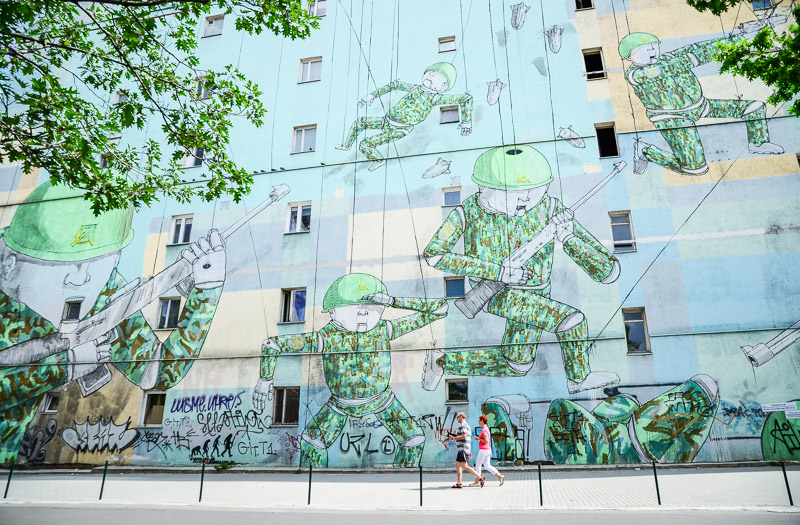
Warsaw’s understated feelings toward the Soviets.
CASUALTIES: 150,000-200,000 Polish civilian casualties. Around 16,000 Polish resistance members killed in action. 8,000 German soliders killed in action. (Grain of salt: numbers of casualties on both sides are uncertain and disputed.)
CONCLUSION: The Warsaw Rising is noted historically as a failure, and left the city and Polish government weak enough to be conquered by the Red Army, who then “liberated” Warsaw from the Germans on January 17, 1945, only to institute an unpopular Communist regime that would rule Poland until the fall of the Berlin Wall in 1989.
So – I really do highly recommend that everyone learn about the Warsaw Uprising – but I just can’t recommend the Warsaw Uprising museum. It was just too chaotically designed and over-touristed for enjoyment.
We moved on from the Warsaw Uprising Museum to the other obvious place to visit in Warsaw: the (aforementioned) Palace of Culture and Science.
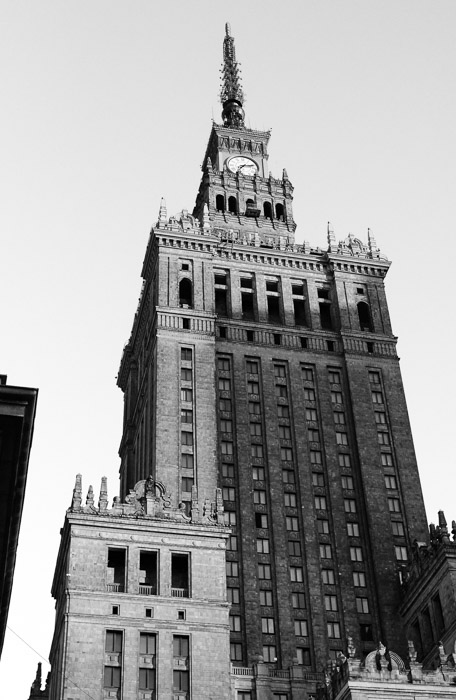
We took the elevator ride up the Palace’s tower to the observation deck for the vista over the city. The view wasn’t mind-blowing, but if you need an overlook of Warsaw, this is the place to do it – and admission was only 15 złoty ($5 US) per person.
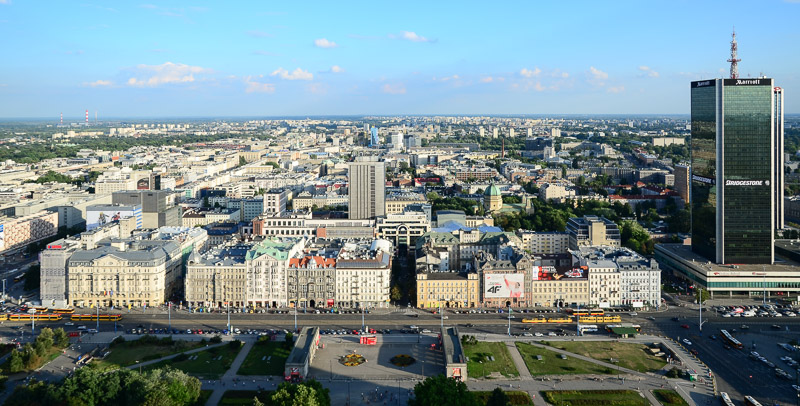
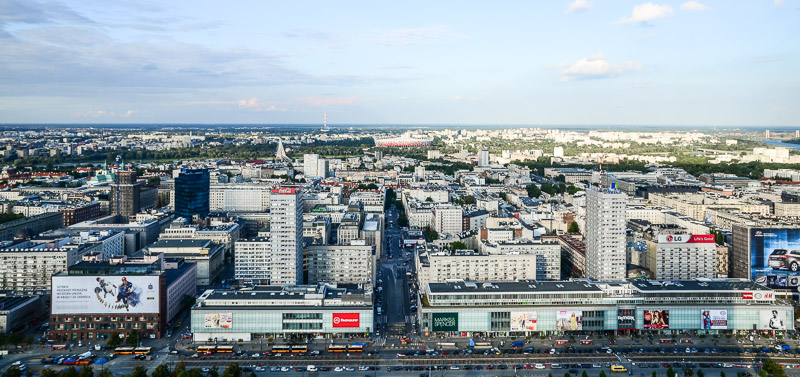
Aside from the viewpoint from the tower itself, the Palace of Culture and Science contains multiple theatres, an ice rink, basketball court, museums, a university, a ton of office space, a night club, cinema, bookshops, and more. It’s good to see that the building gets use, despite its unpopular beginnings with Stalin.
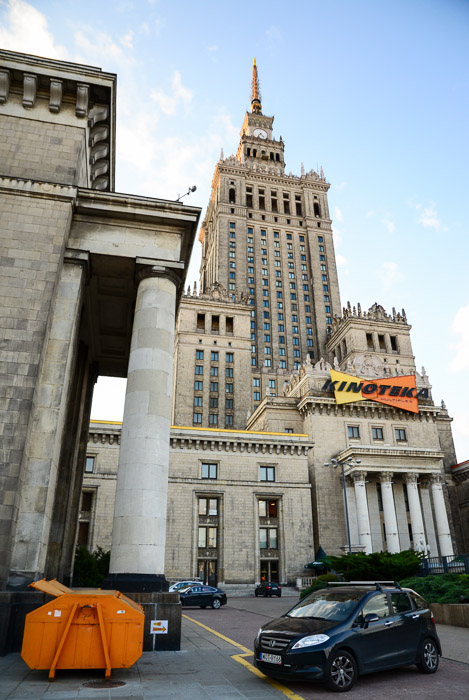
modern developments.
Two Warsaw museums we wanted to visit but hadn’t the time:
Museum of the History of Polish Jews – this museum is slated to open in 2013. Over 3,500,000 Jews lived in pre-war Poland, and over 90% perished by the end of WWII, so this is a pretty weighty topic to cover. Link goes to Wikipedia, as the homepage of the museum was down at the time of writing.
Fryderyk Chopin Museum – this Romantic-era composer (1810-1849) is one of Warsaw’s favorite sons and accordingly has an entire museum dedicated to his work and memory.
I should also note that we met some really cool and nice people in this city, who were ready to pass along non-touristic information and include us in some cool subculture, art and music stuff – but we didn’t have time to stay and enjoy due to the time allotted for the city. When I said earlier that “Warsaw’s charms aren’t immediately apparent”, I mean it – but that’s not to say that it doesn’t have its charms. You’ll just need to dig a little harder and be a little more open to find them. Don’t give up!
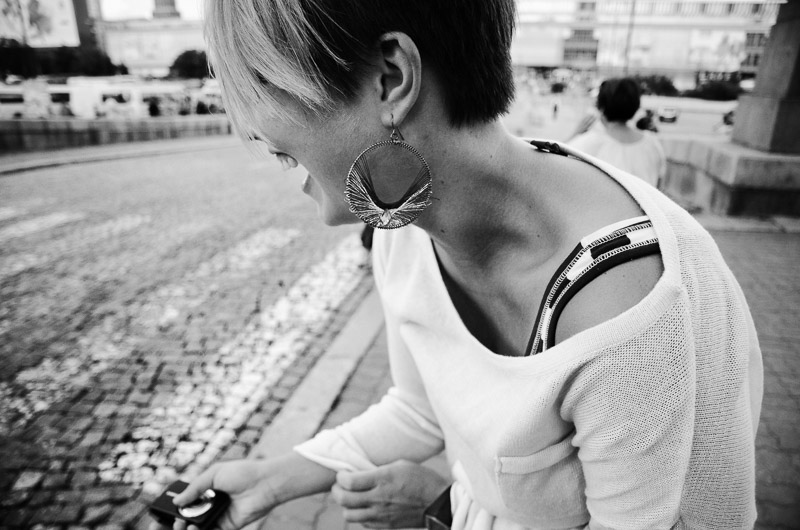
LEAVING WARSAW, DESTINATION ZAKOPANE
On August 9th, we took a train from Warszawa Centralna railway station (main station) to Kraków Główny railway station (the main station in Kraków). Duration: a little over three hours. Cost: about 120 PLN, or $38 US each for passage on a TLK train. From Kraków’s bus station (located in walking distance from the train station), we caught a bus to Zakopane (2.5 hours, 20 PLN / $6.50 US), a tourist town at foot of the picturesque Tatra Mountains.
Southern Poland really exceeded my expectations, and was one of the more beautiful places I’ve been. Come along for a bit of hiking and lovely scenery in the next post!
NEXT POST: Zakopane, Giewont, Morskie Oko and the Tatra Mountains (Poland 2012)

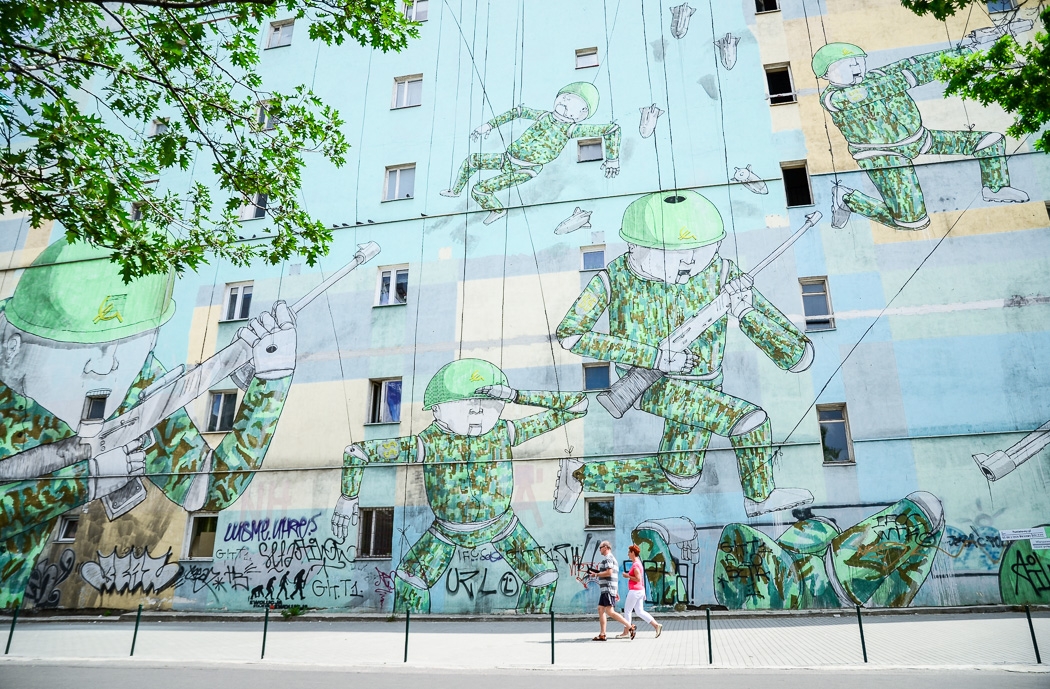
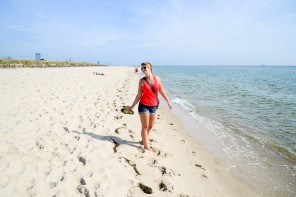
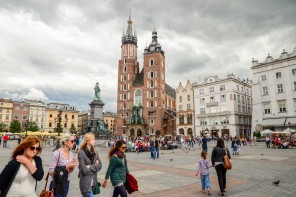
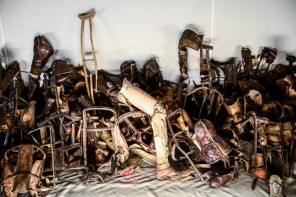

I liked Warsaw (which I hope comes through in my post), even though so many other travelers and friends told me it was a “get in and get out” city. Our time was quite limited there – I wouldn’t mind a longer pass at it next time, whenever that will be. Also, now that I know you’re here, I’m going to make sure to include some garish factual errors about Krakow in my next post just to see if you catch them. 🙂
Thanks for reading/commenting!
Ha! =) Challenge accepted !
I wrote my Kraków post at long last, and I think the errors might have occurred rather unintentionally.
http://mattwicks.wordpress.com/2013/02/20/poland-2012-four-days-in-krakow-aug-12-16/
Unless you’re really into the history of Poland (or any other country for that matter) the chances you’d enjoy certain places are slim to none. It’s all about emotions (other than getting annoyed). (this calls for my story on the Lincoln movie, but…well yeah, some other time..). Anyways, Warsaw isn’t easy to be loved- you need to dig deeper netx time.
My tip for Warsaw of relaxation:
http://www.google.com/search?q=Łazienki+warszawa&hl=en&client=safari&tbo=d&rls=en&source=lnms&tbm=isch&sa=X&ei=WATyUNn_EsrIswa4sIGgDg&ved=0CAoQ_AUoAA&biw=1366&bih=625
I’m waiting for the Krakow chapter and you take on the city. I happen to live there.